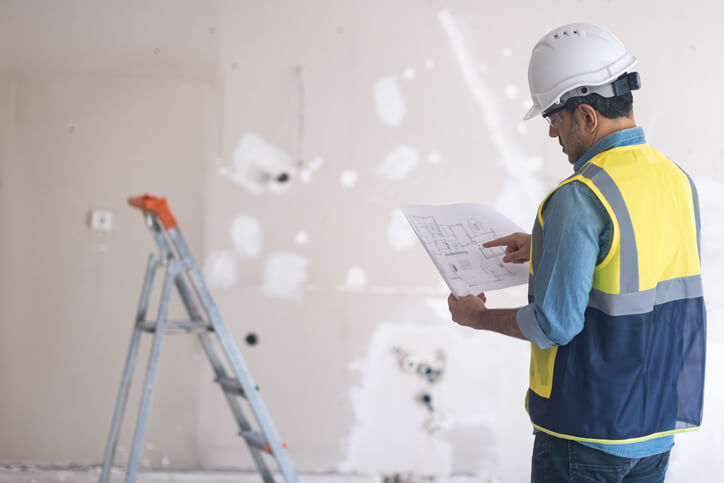
Material estimation is a key skill for anyone involved in home renovation. It’s a skill that ensures projects stay on budget and on time. As such, it requires precision, foresight, and an understanding of both the project at hand and the materials involved.
For students who have completed home renovation training, mastering material estimation is crucial for successful project management and cost control. This blog post highlights the best practices for material estimation and offers guidance to those new to the field, drawing from expert advice and industry standards.
Understanding Material Estimation
Material estimation is more than just a list of items needed for a project. It involves a detailed analysis of the required materials’ quantity, type, and cost. A reasonable estimate prevents resource wastage, ensures budget adherence, and can influence a renovation project’s overall design and implementation.
As you’ll discover in home renovation training, material estimation is a crucial process in construction and renovation projects. It involves a detailed calculation of the quantity and cost of materials required for the successful execution of any project.
The process begins with a clear understanding of the project scope, which includes the specifications and dimensions of the construction. Estimators calculate the materials needed, factoring in the square footage and specific project requirements. They then determine the cost of these materials, considering current market prices and potential fluctuations.
This estimation is vital for budgeting and planning, ensuring sufficient materials are procured without significant wastage or unexpected cost overruns. Techniques such as three-point estimation, which considers optimistic, pessimistic, and most likely scenarios, can provide a more accurate and comprehensive cost estimate.

Consider an Approach for Effective Material Estimations
- Start with Detailed Blueprints: As our home renovation courses emphasize, you need a clear understanding of the project. Use detailed blueprints to understand the scope and specifics of the renovation. This step is crucial for an accurate material list.
- Develop a Comprehensive Checklist: Create a checklist of all materials needed. This includes essential materials like wood or tiles and smaller, often overlooked items like nails, adhesives, and finishes. A comprehensive checklist helps avoid last-minute stock orders, saving time and money.
- Consult with Professionals: If you’re new to renovation, don’t hesitate to consult with experienced contractors or interior designers. Their expertise can offer valuable insights into material choices and quantities.
- Factor in Labour Costs: Remember that labour costs can significantly affect your overall budget. Understanding the correlation between material choices and the labour involved is key to a realistic estimate.
- Expect and Plan for Price Changes: The cost of materials can fluctuate. It’s wise to factor in a contingency budget for unexpected price changes. Your first estimate will rarely be your last. Regularly review and revise your estimates as the project progresses. This will help you stay aligned with your budget and timeline.

Best Practices When You Become a Home Renovation Technician
- Practice Makes Perfect: Apply your learning in real-world scenarios. Practice estimating materials for various projects to build confidence and accuracy.
- Stay Updated on Market Trends: Material costs and availability can change due to market trends. Keeping abreast of these changes will help in making informed decisions.
- Network with Suppliers: Building relationships with suppliers can give you insights into the best materials and potentially better deals.
- Continual Learning: The construction and renovation industry is constantly evolving. Stay updated with the latest materials, tools, and techniques.
Do you want to become a home renovation technician?
Contact NATS for more information.





